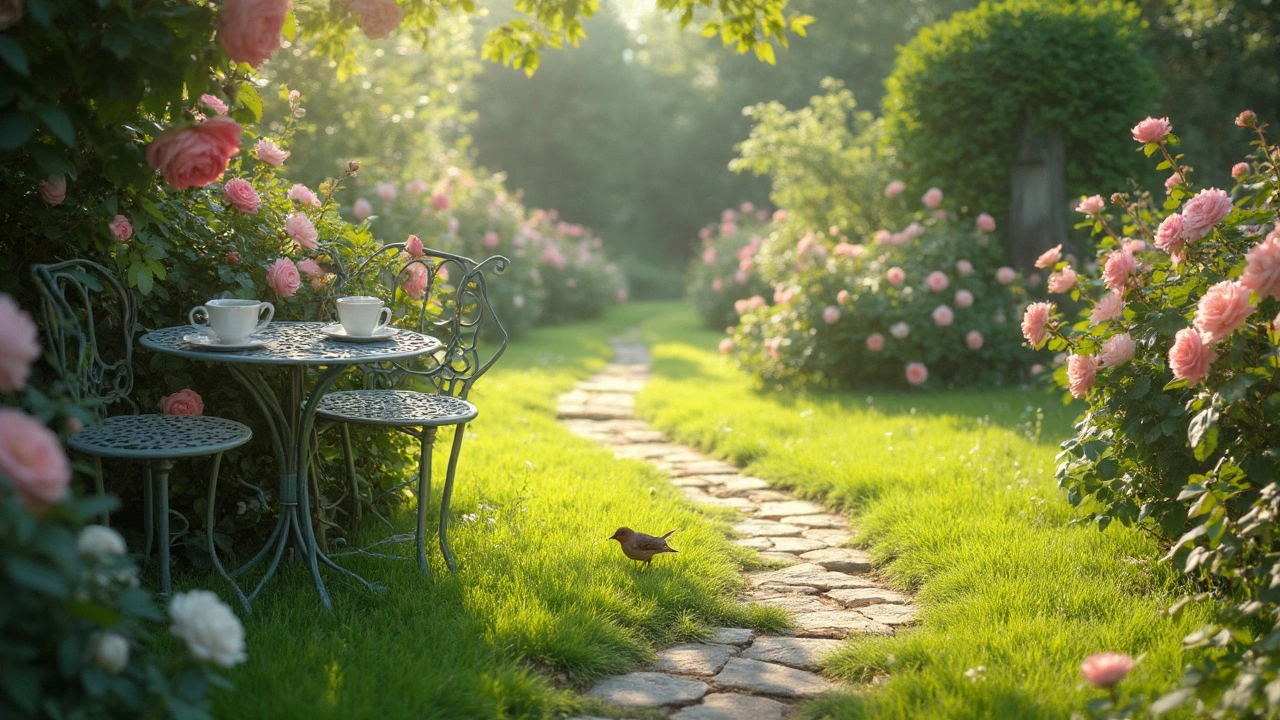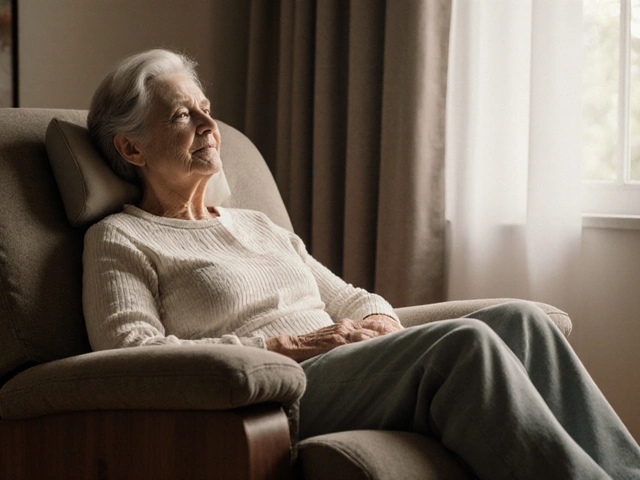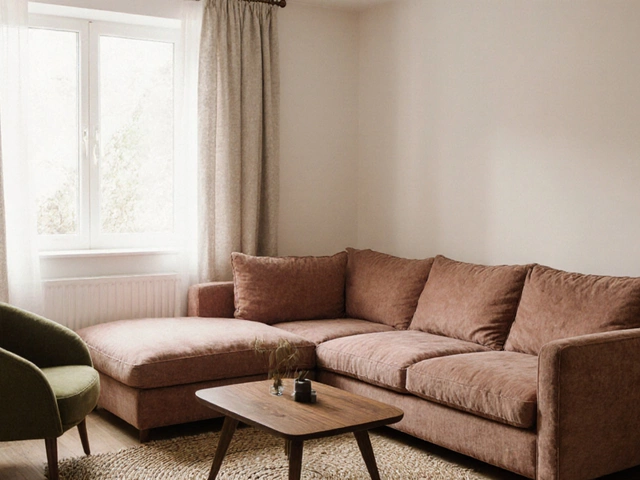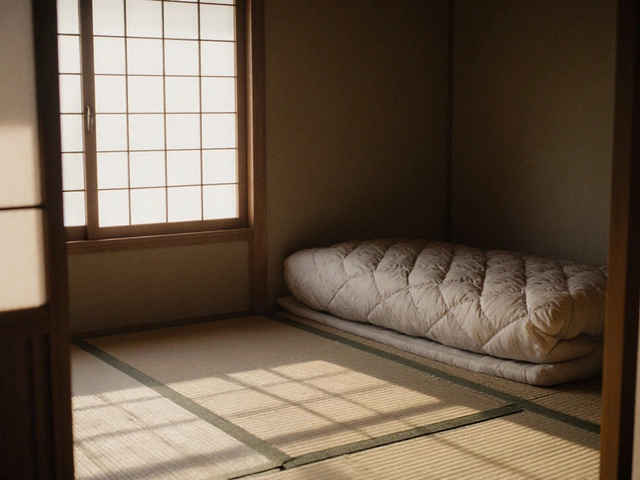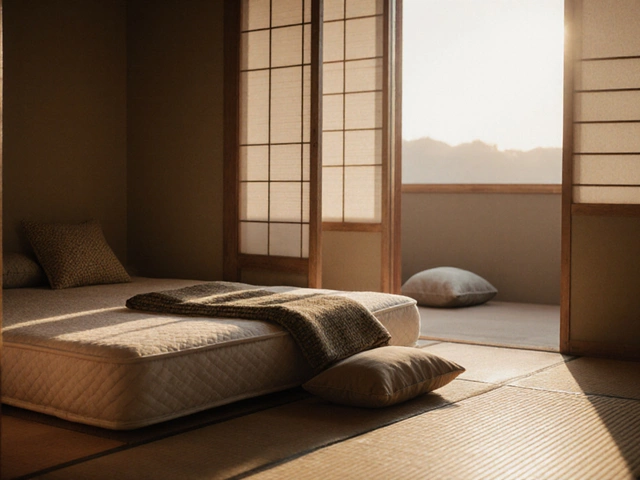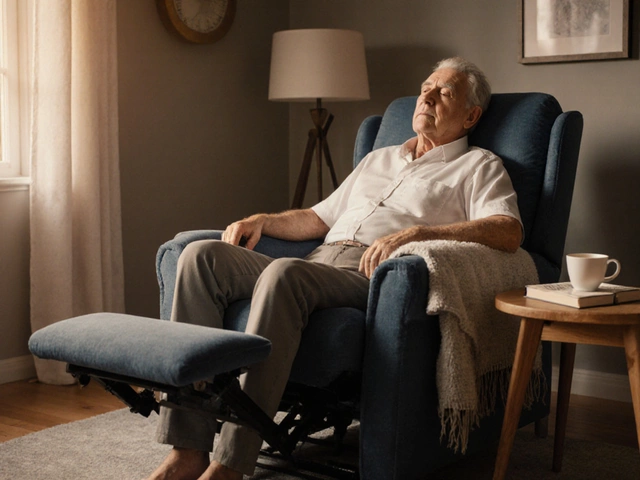Grass: How to Keep Your Lawn Healthy When You Add Patio Furniture
Enjoying a drink on the patio is great, but heavy furniture can turn a lush lawn into a brown mess. The good news? You don’t have to choose between comfort and a green yard. Below are clear, no‑fluff steps that let you protect your grass while still enjoying outdoor pieces.
Why patio furniture can damage grass
Most patio sets sit on narrow legs or metal frames. Those tiny footprints concentrate weight, crushing the grass roots and squeezing out air. Over time the soil compacts, drainage slows, and you get wilted spots that look worse than a few extra weeds. Add foot traffic, moisture trapped under a table, and you’ve got a recipe for dead patches.
Practical ways to protect your lawn
1. Use furniture pads or coasters. Place rubber or felt pads under each leg. They spread the load over a larger area and keep moisture from pooling. Pads are cheap—often under £5 each—and can be swapped when you move the set.
2. Lay down a protective barrier. Outdoor rugs, turf squares, or a simple piece of plywood work well. Lay the barrier only where the furniture will sit, then lift it for cleaning. This stops soil from compacting directly under the legs.
3. Choose a raised deck or platform. Building a low deck on grass is cheaper than you think. A few joists and decks boards, anchored with concrete blocks, create a stable surface that keeps weight off the soil. You can DIY a platform for under £100 using reclaimed wood.
4. Rotate furniture regularly. Even with pads, staying in one spot for months squeezes the grass. Move chairs a foot or two every few weeks. The grass gets a chance to recover, and you’ll notice fewer dead spots.
5. Pick furniture with wide feet. Tables with a broader base or tripod legs distribute weight better than thin metal legs. If you’re buying new pieces, ask for the load‑spread rating—most retailers list it.
6. Keep the area well‑drained. After rain, check that water isn’t pooling under the furniture. If it does, add a layer of gravel or sand beneath the protective barrier to improve drainage.
7. Use a lawn‑friendly ground cover. DIY grass protectors made from interlocking plastic grids are inexpensive and let grass grow through the holes. They’re sturdy enough for chairs and easy to roll out.
Combining a few of these tricks gives you a lawn that stays green while your patio stays inviting. Start with the cheapest option—rubber pads—and see how the grass reacts. If you notice any brown spots, add a barrier or consider a small raised platform.
Quick checklist:
- Slip pads under every leg.
- Lay a rug or plywood where the set sits.
- Rotate furniture every 3‑4 weeks.
- Check drainage after rain.
- Consider a low deck for long‑term use.
With these steps you keep the best of both worlds—comfortable outdoor living and a healthy, green lawn.
Can You Really Put Outdoor Furniture Directly on Grass?
Putting outdoor furniture directly on grass can seem like a convenient option, but it comes with its own set of challenges. Learn practical tips on how to prolong the life of your furniture, prevent damage to your lawn, and maintain a functional and attractive outdoor space. This guide explores the pros and cons, material considerations, and care tips for outdoor furniture placed on grass.
